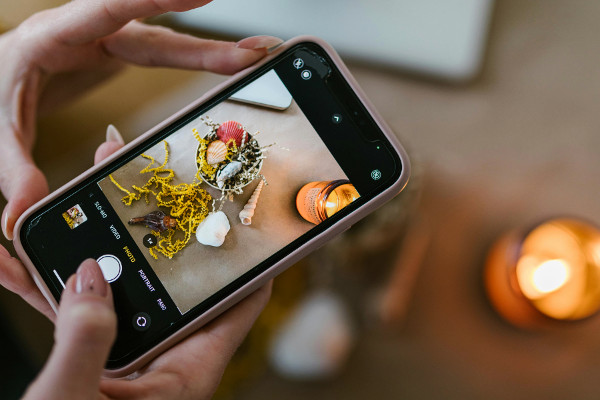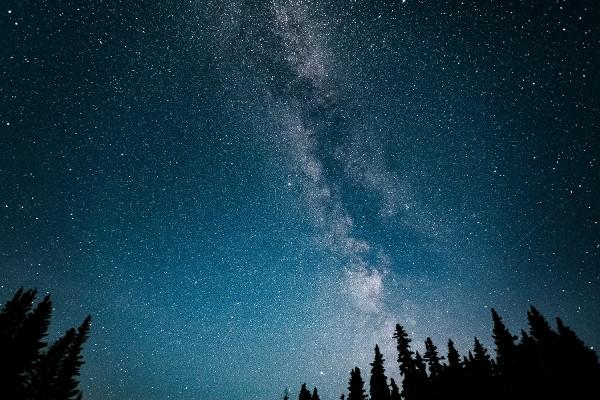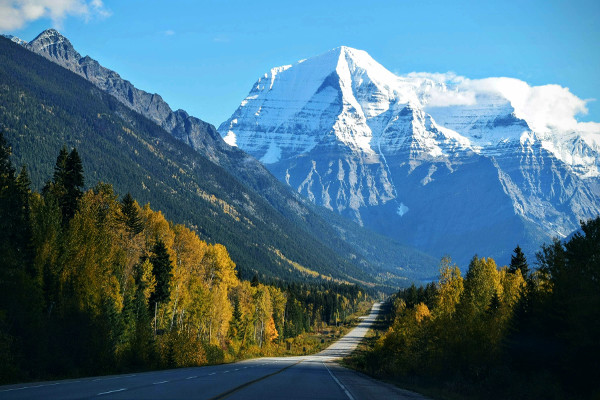How to Enjoy a Nature Photography Walk: Tips, Techniques, and Essentials
Embarking on a nature photography walk offers a unique opportunity to connect with the outdoors and capture its beauty. Whether you're a beginner or an experienced photographer, knowing what to bring, the best times to walk, and what to look for can transform your experience. This guide covers everything from essential gear to helpful safety tips, helping you make the most of your time in nature. So grab your camera, head outside, and let the beauty of nature guide your shots!
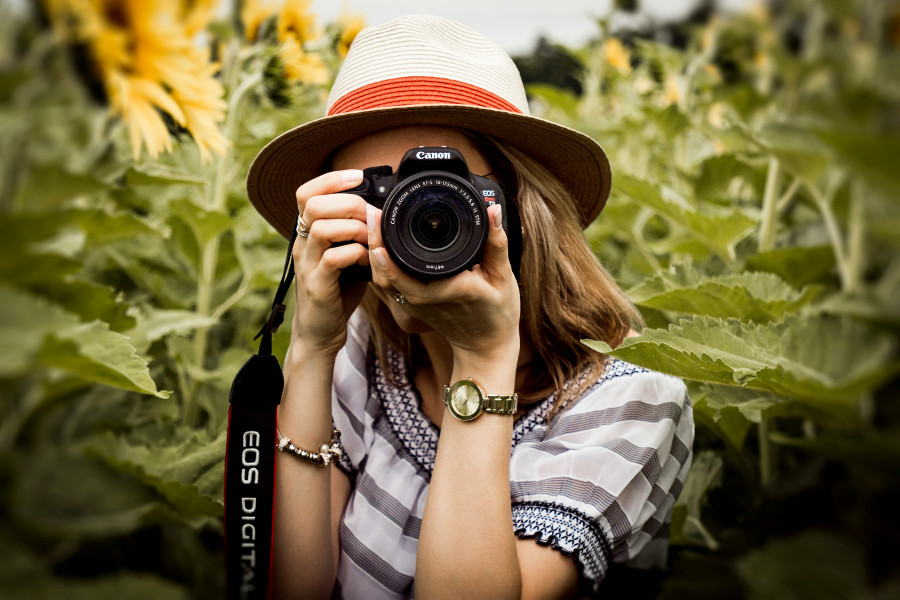
1. What is a nature photography walk?
A nature photography walk is simply a relaxed way to explore the outdoors while capturing the beauty of nature through your camera. It’s not about rushing or covering distance but about slowing down and really noticing the world around you – whether it’s the way sunlight filters through leaves or the delicate details of a wildflower. We humans have an instinctive connection to nature, so taking a walk focused on photography helps us reconnect, not just with the environment but also with ourselves. It’s a chance to pause, observe, and appreciate. Whether alone or with others, it encourages mindfulness and creativity in natural surroundings, turning a simple walk into a meaningful experience.
2. What equipment do I need for a nature photography walk?
You don’t need to carry a heavy load to enjoy a nature photography walk. The essential gear is your camera – be it a DSLR, mirrorless, or even your smartphone. A flexible zoom lens works well for capturing both sweeping landscapes and small details. Some extra batteries and memory cards are smart to bring along, so you don’t run out of power or storage. A lightweight bag keeps everything organized and protected, and a lens cloth helps keep your shots clear. You can keep it simple or add a tripod if you want sharper images in tricky light. The key is to choose gear that feels comfortable and lets you move freely while staying ready to catch those special moments.
3. What should I look for during a nature photography walk?
On a nature photography walk, your eyes become your best tool. Look for the small wonders and subtle details that often go unnoticed – a spider’s web shimmering with dew, a bird pausing in the branches, or the patterns formed by fallen leaves. Pay attention to light and shadow, which can transform a simple scene into something magical. Don’t just focus on the big picture; sometimes the most powerful photos come from tiny subjects or unusual angles. Be patient and curious. The more you observe, the more you’ll discover that nature offers endless surprises waiting to be captured.
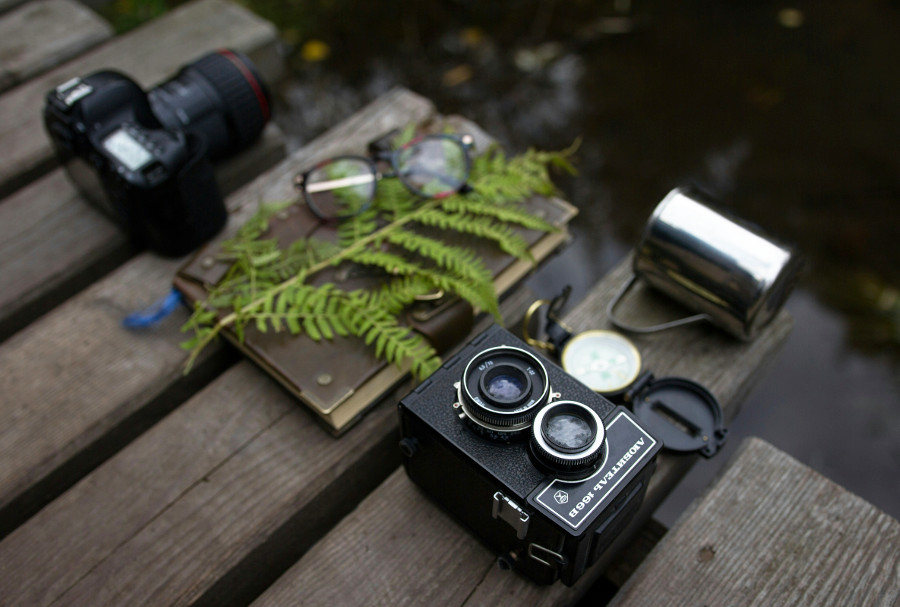
4. How long should a nature photography walk be?
The length of a nature photography walk depends on what feels right for you. It’s not about covering miles but about the quality of your experience. Typically, a couple of hours works well – it gives you time to explore without feeling rushed. These walks involve lots of stops, careful observation, and sometimes waiting for the perfect light or moment. Early mornings or late afternoons are ideal since the light is soft and golden. Remember, this isn’t a race. The goal is to enjoy the process, immerse yourself in nature, and come away with images that speak to your connection with the environment.
5. How do I prepare for a nature photography walk?
Getting ready for a nature photography walk starts with checking the weather and picking a place that feels inspiring. Charge your camera, clear your memory cards, and pack any lenses or accessories you might need. Dress comfortably in layers, so you’re ready for changing conditions, and wear sturdy shoes for walking on natural terrain. Bring water and a snack to keep your energy up. It’s helpful to learn a bit about the area, too – what plants, animals, or features you might encounter. But don’t over-plan; part of the joy is discovering unexpected moments. Go with an open mind and a patient heart.
6. How can I find or organize a nature photography walk near me?
If you want to join a nature photography walk, start by looking into local photography clubs, parks, or community groups. Many organize guided walks that welcome beginners and experienced photographers alike. Social media and websites like Meetup often have listings for these events. If you prefer to organize your own, choose a beautiful, accessible spot nearby and invite friends or fellow enthusiasts. Share the details clearly – where, when, and what to bring. Small groups tend to work best so everyone can enjoy the pace and share tips. Whether joining or leading, these walks are wonderful ways to connect with nature and others who share your passion.
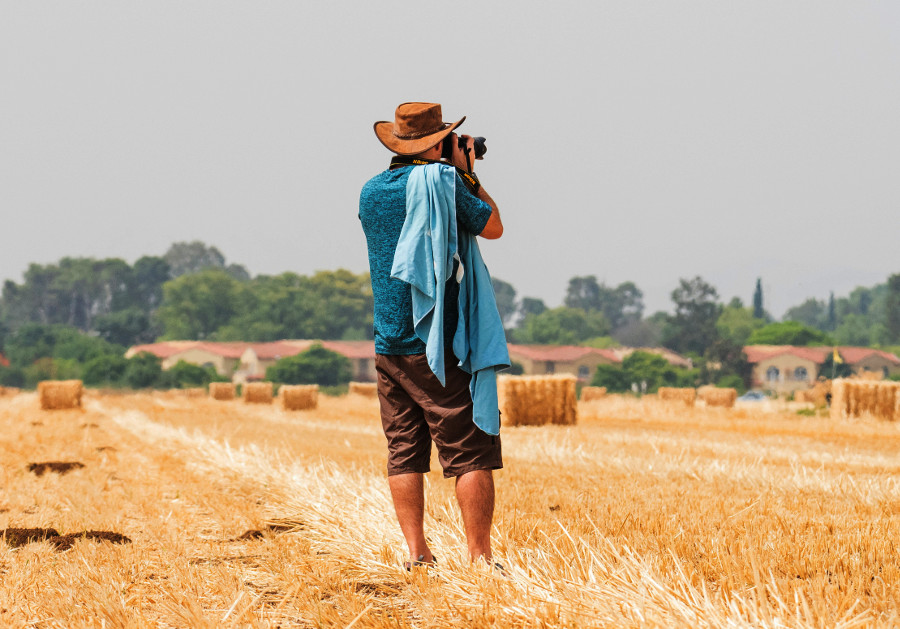
7. Can I use a smartphone instead of a DSLR on a nature photography walk?
Absolutely. Today’s smartphones are surprisingly powerful tools for nature photography. They’re light, easy to carry, and come packed with features like portrait mode, macro, and HDR that help capture beautiful shots. Using a smartphone also encourages you to focus more on composition and timing rather than technical settings. There are even add-on lenses that can extend your creative options. While DSLRs offer more manual control and lens choices, a smartphone is perfect for those who want to travel light or start exploring nature photography without investing heavily. The important thing is to capture what moves you and enjoy the process.
8. Do I need to bring a tripod on a nature photography walk?
Whether to bring a tripod really depends on how you like to shoot. Tripods are great for steady shots, especially in low light or when you want to use slow shutter speeds for effects like silky waterfalls. They also help with macro photography or if you want to experiment with different compositions over time. But tripods can be bulky and heavy, so if you prefer a lighter, more spontaneous walk, you might skip it. Many modern cameras and phones have image stabilization that helps reduce blur without a tripod. If you do bring one, choose a compact, lightweight model to keep your walk comfortable and flexible.
9. What are the best times of day for a nature photography walk?
The golden hours – shortly after sunrise and just before sunset – are hands down the best times for nature photography walks. The light is soft, warm, and directional, bringing out textures and colors in a way that harsh midday sun cannot. Early mornings also offer calmness, fewer people, and more wildlife activity. If the sky is overcast, midday can actually work well too, as the clouds diffuse the light, reducing shadows and creating even tones. The key is to pay attention to how light shapes the scene and to choose times when nature feels most alive and inviting.
The Photographer’s Ephemeris is a great resource for calculating the best times for taking pictures in nature. It helps you plan outdoor photography in natural light: it's a map-based Sun, Moon, and Milky Way calculator.

10. How should I dress and what footwear is best for a nature photography walk?
Dressing right is about comfort and readiness. Layers are your friend, allowing you to adjust to changing temperatures and conditions. Choose breathable, moisture-wicking fabrics that keep you dry and comfortable. Earth tones or muted colors are best, so you don’t startle wildlife. Long sleeves and pants help protect you from sun, insects, and brush. When it comes to footwear, sturdy hiking boots or trail shoes with good grip are ideal – they protect your feet on uneven ground and keep you stable. Waterproof shoes can be helpful if you expect wet conditions. Don’t forget a hat, sunscreen, and maybe insect repellent to keep you comfortable throughout your walk.
11. How do I stay safe and be environmentally respectful during a nature photography walk?
Safety and respect go hand in hand on a nature photography walk. Always let someone know where you’re going and carry a charged phone or GPS. Stick to marked trails to protect yourself and the environment. Bring enough water and wear proper clothing for the weather and terrain. When photographing wildlife, keep your distance and avoid disturbing their natural behavior. Don’t feed animals or damage plants. Carry out all your trash, and try to leave places as you found them. Following the “Leave No Trace” principles helps preserve these beautiful spots for everyone and ensures that you’re a responsible guest in nature’s home.
12. Should I join a group walk or go solo for nature photography?
Both options have their perks. Joining a group walk means you can share the experience, learn from others, and find motivation in a social setting. It’s a great way to discover new locations and techniques. On the other hand, going solo offers freedom and quiet – time to move at your own pace and connect deeply with your surroundings without distractions. It’s often easier to pause, reflect, and be fully present. Many photographers enjoy mixing both: group walks for community and inspiration, solo outings for personal growth and creative exploration. Whichever you choose, the most important thing is to enjoy the journey.
Here are 3 great forums for nature photographers where you can share pictures, tips and even organize events together.
Enjoy your next photography walk in nature.

